Feng, the Future and an Ever-Flattening World
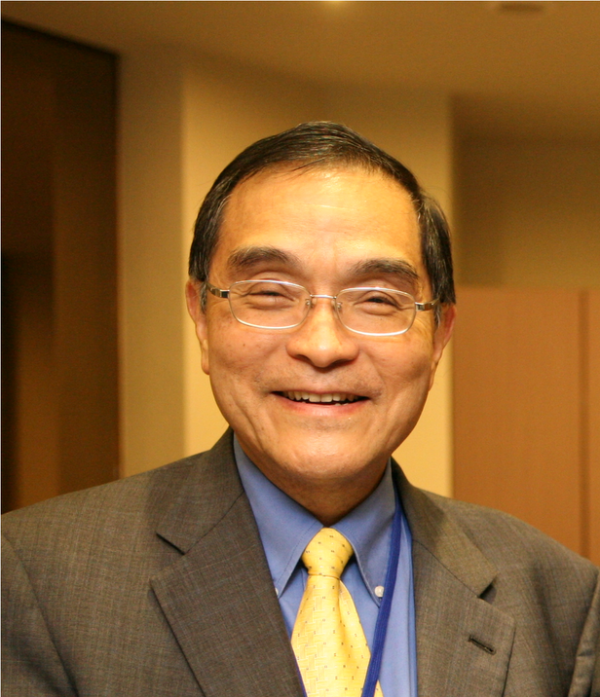
Everyone who works in supply chain, logistics and transport is aware of the role they play connecting the world together. In a fascinating presentation at this year’s CILT International Convention in Macao, Professor Da-Hsuan Feng placed this role in a wider socio-political context, and explained how logisticians, alongside engineers, scientists, politicians and artists could unite under the banner of global projects like One Belt One Road and, through increased cultural communications, usher in a new golden age for humanity.
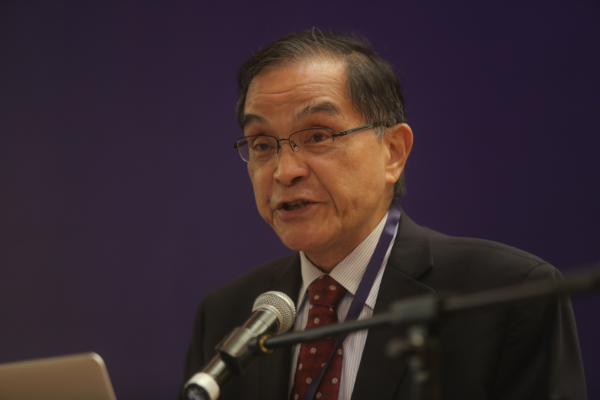
Four Centuries in Forty Years
Professor Feng began by asking “What can OBOR bring to China, what can OBOR bring to the world and how can OBOR change China as a nation.” He set these questions against a backdrop of remarkable change in China. “China in the past forty years has gone through four centuries of development. In 1981…my plane landed in Shanghai Pudong airport, not the Pudong airport you know today. I went into the toilet – it was pitch dark. At the door to the toilet there was a PLA member who was holding a gun with a bayonet, and I asked him why it was dark inside, and he said oh, because the bulb went bad in the day and it would take a couple of weeks to replace it.”
For Professor Feng, the importance of this rapid change is not just about improved systems and infrastructure, but improved human capabilities. “I came to Macao three years ago. Little did I know I was in the midst of one the greatest civil and systems engineering new eras.” He illustrates his point using the Hong Kong – Zhuhai – Macao Bridge (HKZMB). “Clearly one of the great human miracles”, the HKZMB is an ongoing construction project consisting of a series of bridges and tunnels linking the three cities together across the Lingdingyang channel. Began in 2009, the project spans some 51km in total, at an estimated cost of $10.6 Billion. Originally scheduled to open to traffic in October 2016, it is now due to open in December 2017.
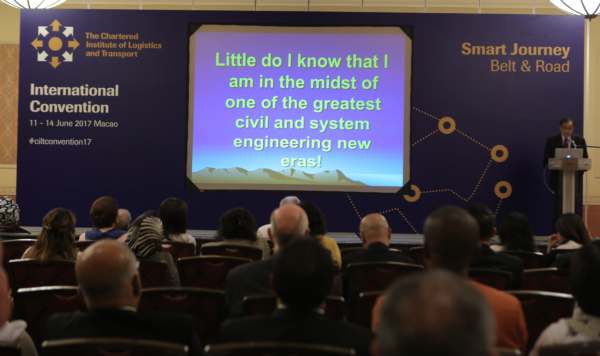
Vision without Funding is Hallucination
Professor Feng also pointed to the rapid growth in China’s GDP, which has risen from less than $150 Billion in 1978 to $8,227 Billion in 2012. “Why are we talking about this at all? Because Chinese GDP shot up like a rocket to the moon…There is an old saying ‘vision without funding is hallucination’. This is clearly not the Chinese way of hallucinating.”
He is entirely right. Alongside the economic progress made over the last forty years, China has executed numerous feats of technical prowess. Logistics and engineering projects such as the HKZMB and the 18km Qinling – Zhongnanshan tunnel accompany the creation of cutting edge scientific facilities such as the National Synchrotron Radiation Laboratory in Hefei, and the Five-hundred metre Aperture Spherical Telescope (FAST) in south-west China. The FAST facility, a 500m diameter dish constructed in a natural depression is the largest instrument of its kind in the world, and evidence of China’s ambition stretching far beyond economics and construction.
There is also China’s space station program. On the 9th October 2016 two Chinese Taikonauts aboard the rocket Shenzou 11 successfully docked with the Tiangong-2 station. The 30 days Commander Jing Haipeng and Chen Dong spent in space marked the longest mission conducted by China, and a milestone on the journey to the creation of the Large Modular Space Station in 2020. For Professor Feng, the successful docking of both the crew mission and the subsequent cargo mission are confirmation of the holistic nature of China’s technological progress, “this is not just a space technology but it is a most complex system engineering project”.
The World is Flat
The combined effect of such recent technological progress is almost immeasurable. From the steam engine to the server farm, the boundaries of what is humanly possible have been redrawn time after time, and to Professor Feng’s mind this must be done again. “So will there be new sandbox rules for the world? You guys are all pumping out new technologies, there’s got to be new sand box rules.” But in his opinion things are different now than in previous cycles. Progress has redefined strength and speed, but it has also redefined distance, and even time. Professor Feng cites Thomas Friedman’s memorable description of this phenomenon: ‘now the world is flat.’ Professor Feng continues “With the world being flat, interactions between people, nation to nation, culture to culture can only be more intense.”
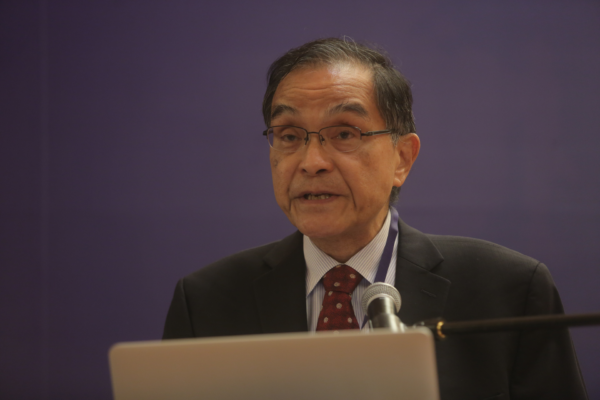
In his opinion this fact is crucial to the future of the OBOR project, quoting the former Deputy Director of China’s Insurance Regulatory Commission, Mr Zhou Yan-Li’s speech on the subject. “A fundamental point about OBOR is “cultural communication 文化相通”. Indeed, only through cultural communication can one establish a communication paradigm, and only then can one realize OBOR’s development strategy, push forth OBOR’s construction, and create projects in reality.”
The Myth of Continents
This increase in cultural communication represents a major opportunity not just for OBOR, but for humanity at large. “The first possible outcome of OBOR in concept, if it works, is Europe and Asia will be amalgamated as a supercontinent.” Professor Feng refers to a book by Martin W. Lewis and Kären Wigen titled ‘The Myth of Continents’ which explores the anomaly of Europe and Asia being two continents on one piece of land. “Separating Asia and Europe as two continents is an artificial delineation. But the question is can OBOR break this mind-set?”
For Professor Feng, one of the challenges lies in population distribution. Central Eurasian countries are sparsely populated, and positioned in so they separate the densely populated Europe to the West, China to the East and India to the south. Linking all these countries together, not just with infrastructure and economics, but with the psychological idea of being one landmass has the potential to yield extraordinary results. “Once you have a supercontinent it is possible to induce a neo-renaissance.”
A New Level of Bacon
For Professor Feng, such a movement cannot come soon enough. “The 21st century is full of severe and human-created challenges.” He goes on to quote a recent speech made by Thomas Friedman to a group of top university presidents, in which he said “the current human modus operandi obviously cannot solve the problem. Every university around the world worth its salt would say their people are doing top research on global warming…but the world is getting warmer. Therefore what we need is to have a new mind-set, a Neo-Renaissance.”
Professor Feng’s admiration for the historical European Renaissance is clear. “It deepened people-to-people dynamics and self-realisation…and lifted people out of ignorance.” It was a movement that popularised higher education, and “attracted tens of thousands of young people to systematically push forward humanity’s understanding of nature, of culture and ultimately of oneself.” Could a similar paradigm shift help the modern world? For Professor Feng, the answer is yes. “Let us postulate how the neo-renaissance may assist humanity. When it is in full swing, we will produce a new level of Descartes, a new level of Copernicus, a new level of Bacon. All these people will think of out-of-the-box ways of solving the problems of humanity that we face today.”
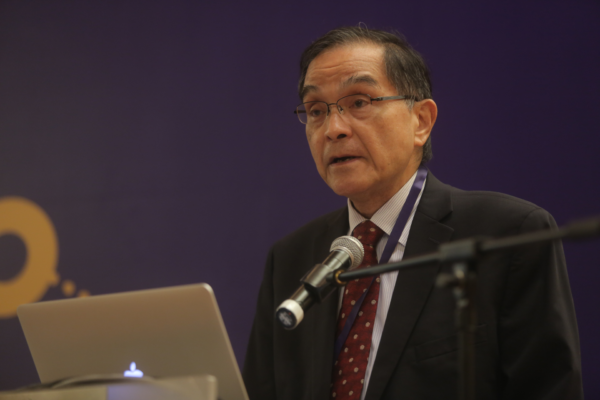
According to Professor Feng, the key to this mind-set change lies in the land travel. He tells an anecdote about a friend who decided to travel from Singapore to London by car. “What he saw was economic, cultural, political transformation that he would never see by himself by flying. Seeing those truly fascinating and rare photos it brought to mind that if and when OBOR is successful these empty highways could become busy thoroughfares. When that happens can we not already see the formation of a super continent?”
The Big Bang Theory
For Professor Feng, the determining factor in the success of OBOR will be cultural communications. “To render OBOR successful China must increase its understanding of the political, economical and cultural environment of at least some if not all of the countries along the way.” He goes on to use the example of India to illustrate the power of cultural communications. “India is particularly intriguing. It is one of the most complex and convoluted nations in history, culture as well as ancient and modern political structures. Unlike Chinese, when they speak Shanghai and Cantonese they cannot speak to each other but they can write to each other, India has 29 languages each with greater than one million speakers…but India like China is growing very rapidly.”
India has global impact today. He points to the high proportion of American University Presidents (approximately 100), CEOs of American corporations and US Television experts from India. He includes Kunnal Nayyar, an actor in the US TV show The Big Bang Theory, which features characters who attend the California Institute of Technology. “This may be a joke, but if you look at the background of this show it is Caltech. There are as many Chinese as Indians at Caltech, but they chose an Indian. Why? Because the Indians in the United States began to understand cultural communications. They were able to reduce the anxiety of the other people, and that’s the important point.”
Nehru’s Dream
Professor Feng also chooses India as an example because of its importance to OBOR, and to China, “Deep mutual understanding between these two Asian giants is an unavoidable challenge.” He quotes Nehru in an interview conducted between the then Indian Prime Minister and Professor Feng’s father, a representative of China’s Central News Agency, ‘If China and India hold together, the future of Asia is assured. The holding together does not have to be confined to diplomacy. It can by all means be a psychic force that can work wonders in the realm of creativity.’ For Professor Feng, it is the lasting nature of the relationship that is most intriguing. “The one word that made me ponder was the word ‘hold’. How to hold? Properly executed, the OBOR process should and can enhance these culturally rich nations’ mutual understanding of each other. Would it not be one of history’s greatest ironies that OBOR should become the driving force behind the realisation of Nehru’s dream?”
Kennedy’s Moon
Professor Feng is aware the challenges posed by OBOR are not insignificant, but he does not believe them insurmountable. “I’ll give you an example of what nations can do when they determine to do something.” He displays a slide with John F. Kennedy’s famous words ‘I believe that this Nation should commit itself to achieving the goal, before this decade is out, of landing a man on the moon and returning him safely to earth.’ Professor Feng continues, “When a national leader expounded such a clear and succinct grand vision, such as Xi Jin-Ping has done, it motivated the entire United States to galvanize its’ national strength to overcome enormous mind-set hurdles and technical challenges. July 20th 1969, a man was on the moon…The complexities and difficulties for China to understand India and vice-versa are probably far greater than Kennedy wanting the US to reach the moon in ten years. Therefore using Kennedy’s moon as a metaphor, the moon of China is India, and the moon of India is China.”
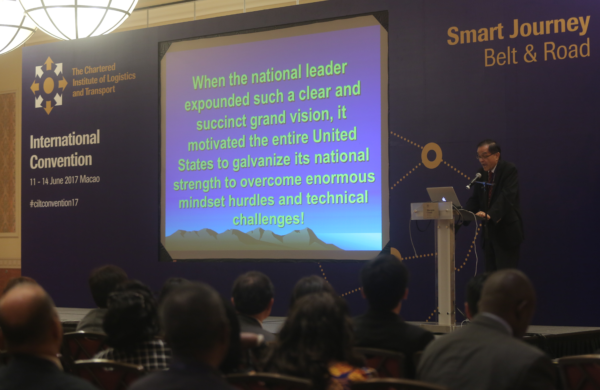
I Hope You Can Be My Friend
Professor Feng finishes his presentation by returning to its central theme, that it is interactions between people that will make a success of OBOR, and hold the key to a better future. ”As part of the OBOR challenge, China needs to comprehensively understand other civilisations…Whatever differences they have, they should aim to create a better future not just for themselves but for the world in general.”
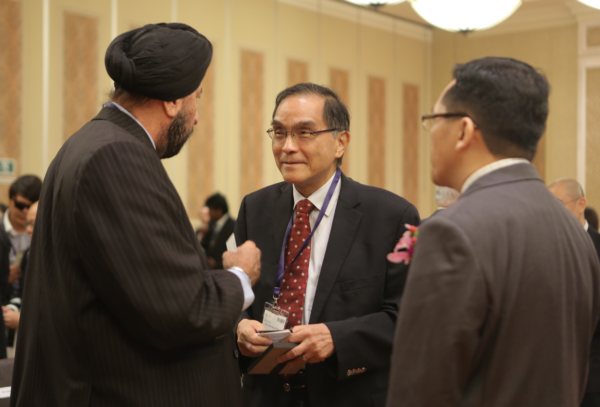
The question remains, how can China overcome these obstacles, gain understanding of others and change itself in order to make OBOR a success? Professor Feng has the answer. “Very simple: cultural communications. Ultimately the success of OBOR cannot be merely the success of China, it must be the success of the world.” The final slide of the presentation is a QR code. “This is my WeChat QR code. I hope you can be my friend.”